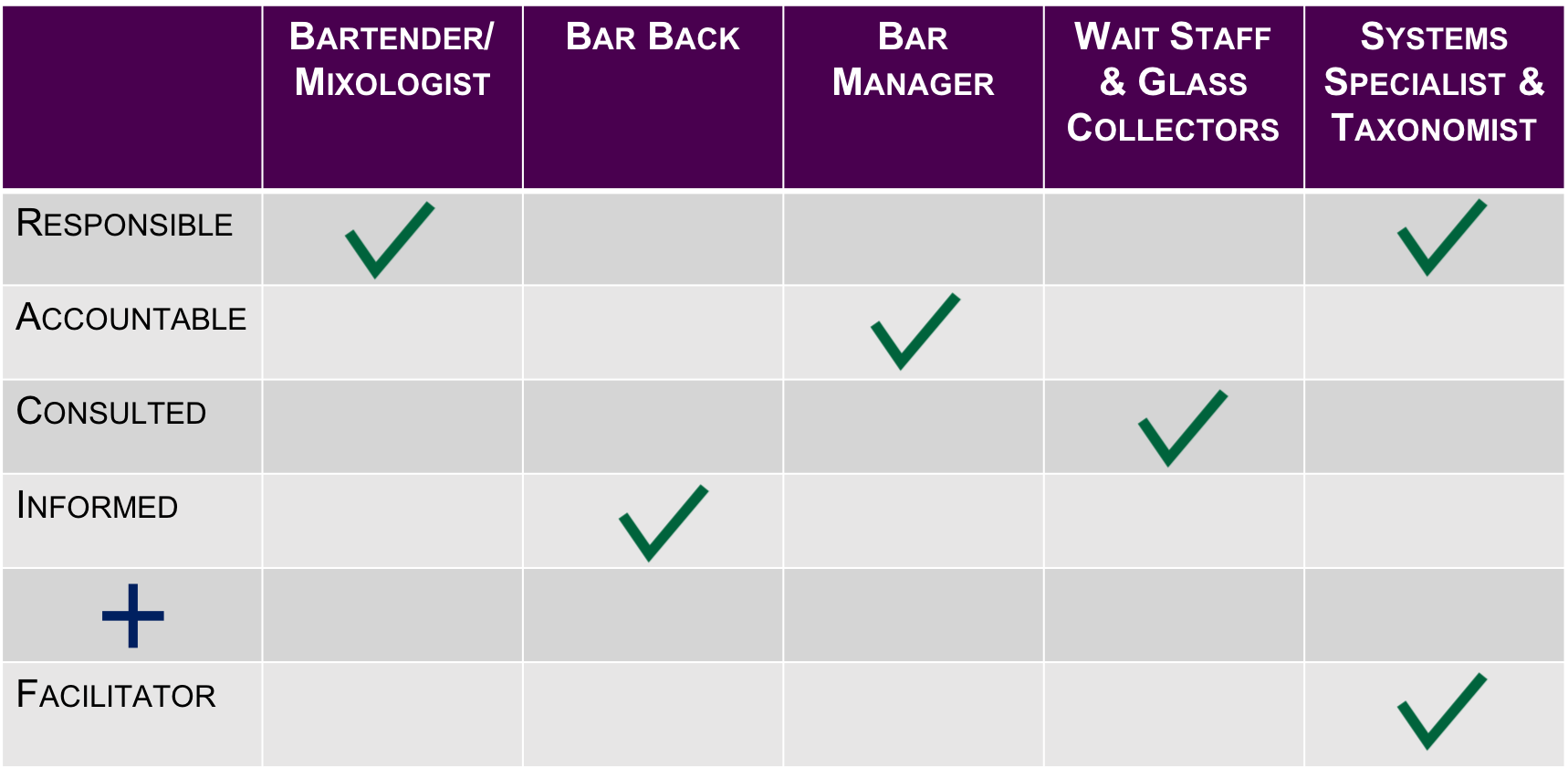Keep It Simple for the Stakeholders, should be the guiding principle for taxonomy design and maintenance. Stakeholders know the business but don’t need to get bogged down with the intricacies of taxonomy design. A taxonomy governance plan, therefore, should be designed to enhance the communication pipeline so that when changes to the taxonomy are needed, they can be made in the simplest way possible with the proper level of engagement for all the stakeholders. In an agile environment, facilitators take this somewhat complicated mission and break the parts down into digestible tasks so that they coincide naturally with the roles and responsibilities of the stakeholders.

If, for instance, the work of maintaining a taxonomy falls on a person closer to the implementation of a particular system, the (sometimes accidental) taxonomist might depend on a pipeline of suggestions from business users. To serve its purpose in helping to manage important aspects of the business, a taxonomy must remain up-to-date. Without a reliable and efficient method for facilitating changes, the costs can be very high for the business and the person who is responsible for the taxonomy.
Tools and tricks can help taxonomists accomplish their goals while also “keeping it simple”. Specifically, the RACI (Responsible, Accountable, Consulted and Informed) chart is a tried and true tool used to effectively delineate the roles and responsibilities for SMEs, stakeholders and other team members. To be more agile and efficient, add the key role of “Facilitator” as that person’s role will be to guide the process and coach the SME’s who may be unfamiliar with the interconnectedness of the taxonomy from a system or business case perspective but whose involvement is key to overall success. The resulting tool is the RACI+F chart.
Taxonomy Maintenance with the RACI+F Chart

How it works: Revisiting Taxonomy for Bartenders

Imagine that we need to make a change to the Taxonomy for Bartenders. Because every week at a large chain establishment, customers ask bartenders and wait staff for different variations on the hottest cocktails. This means that there is a need to add new drinks to the taxonomy, as well as new ingredients to keep recipes, inventory and supplies up-to-date. Also, bartenders and wait staff monitor customer interest in new drinks to determine what changes need to be published on the menu or included for “Specials”. Reasonably, this establishment which has restaurants in various locations determines that it is best to have a dedicated facilitator who will make sure all the role players stay engaged and that changes are deployed consistently across systems.
RACI +F Chart for the Maintenance of Taxonomy for Bartenders

Would you like to improve your taxonomy governance?
Enterprise Knowledge’s KM and taxonomy experts have successfully facilitated business taxonomy design and governance across a variety of business sectors and for many different purposes. Contact us to discuss how we can help you.
